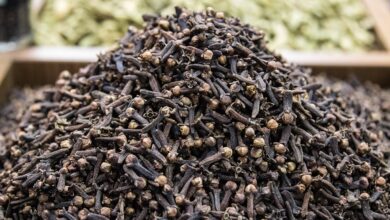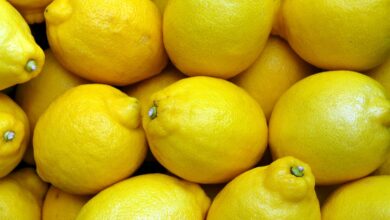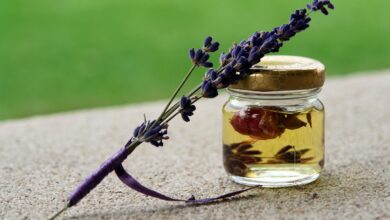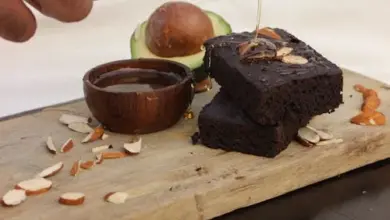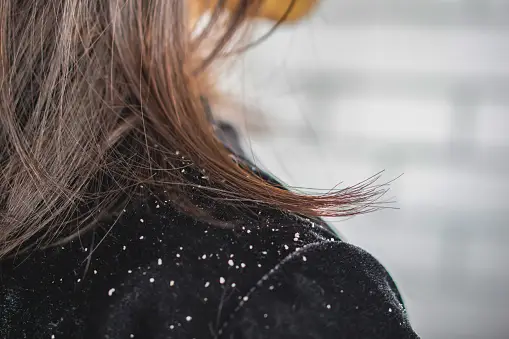
Oily dandruff, also known as seborrheic dermatitis, is a common scalp condition characterized by greasy flakes, itching, and redness. Unlike dry dandruff, which consists of small, dry flakes, oily dandruff is caused by an overproduction of sebum, leading to larger, greasy flakes that can adhere to the scalp and hair. This article provides a detailed guide on understanding, treating, and managing oily dandruff effectively.
Understanding Oily Dandruff
Causes of Oily Dandruff
- Sebum Overproduction: Excessive oil production by the sebaceous glands in the scalp can create an environment conducive to dandruff.
- Malassezia Fungus: This naturally occurring yeast-like fungus can feed on the oils in the scalp, causing irritation and flaking.
- Hormonal Changes: Hormonal fluctuations, particularly during puberty, pregnancy, or menopause, can trigger seborrheic dermatitis.
- Genetics: A family history of oily skin or dandruff can increase the likelihood of developing this condition.
- Stress and Diet: High-stress levels and poor dietary habits can exacerbate dandruff.
Symptoms of Oily Dandruff
- Greasy scalp and hair
- Large, yellowish flakes that stick to the scalp
- Itching and redness
- Possible hair loss or thinning due to inflammation
Effective Treatments for Oily Dandruff
Over-the-Counter Shampoos
- Ketoconazole Shampoo: An antifungal shampoo that helps reduce Malassezia fungus on the scalp. Use twice a week for best results.
- Zinc Pyrithione Shampoo: Contains antimicrobial and antifungal properties that help reduce dandruff and inflammation.
- Selenium Sulfide Shampoo: Reduces cell turnover and decreases the number of natural oils on the scalp.
- Salicylic Acid Shampoo: Helps exfoliate the scalp and remove dead skin cells, reducing flaking.
- Coal Tar Shampoo: Slows down the rate at which skin cells die and flake off. Use with caution, as it can be drying and has a strong odor.
Natural Remedies
- Tea Tree Oil: Known for its antifungal and antibacterial properties, tea tree oil can help reduce dandruff. Add a few drops to your regular shampoo or dilute with a carrier oil and apply directly to the scalp.How to Use:
- Mix 3-4 drops of tea tree oil with a tablespoon of coconut oil.
- Massage into the scalp and leave it on for 20-30 minutes before rinsing thoroughly.
- Apple Cider Vinegar: Balances the scalp’s pH level and reduces fungal growth.How to Use:
- Mix equal parts of apple cider vinegar and water.
- Apply to the scalp using a spray bottle or cotton ball.
- Leave it on for 15-20 minutes before rinsing with cool water.
- Aloe Vera: Soothes the scalp and reduces inflammation.How to Use:
- Extract fresh aloe vera gel and apply directly to the scalp.
- Leave it on for 30 minutes before washing with a mild shampoo.
- Lemon Juice: The acidity of lemon juice helps to balance the scalp’s pH and reduce oiliness.How to Use:
- Apply fresh lemon juice to the scalp and leave it on for 10-15 minutes.
- Rinse thoroughly with lukewarm water.
Lifestyle Changes
- Regular Hair Washing: Shampoo your hair regularly to remove excess oils and prevent the buildup of flakes. Use a gentle, sulfate-free shampoo to avoid stripping the scalp of its natural moisture.
- Balanced Diet: Eat a diet rich in vitamins and minerals, especially zinc, omega-3 fatty acids, and biotin, which promote scalp health.
- Stress Management: Practice stress-reducing activities such as yoga, meditation, or regular exercise to keep hormone levels balanced.
- Avoid Harsh Hair Products: Steer clear of hair products that contain alcohol or sulfates, as they can exacerbate dryness and irritation.
Medical Treatments
- Topical Steroids: For severe cases, a dermatologist may prescribe topical corticosteroids to reduce inflammation and itching.
- Antifungal Creams and Lotions: These can be applied directly to the scalp to combat fungal infections.
- Oral Medications: In persistent cases, oral antifungal or anti-inflammatory medications may be necessary.
Routine and Maintenance
- Scalp Exfoliation: Regularly exfoliating the scalp with a gentle scrub can help remove dead skin cells and prevent buildup.DIY Scalp Scrub:
- Mix equal parts of brown sugar and olive oil.
- Gently massage into the scalp in circular motions.
- Rinse thoroughly and follow with a mild shampoo.
- Hydration: Keep your scalp hydrated by drinking plenty of water and using a leave-in conditioner if your hair tends to dry out.
- Consistency: Be consistent with your treatment routine. It may take a few weeks to see significant improvements, so patience is key.
Oily dandruff can be a persistent and uncomfortable condition, but with the right approach, it can be effectively managed. Utilizing a combination of over-the-counter treatments, natural remedies, lifestyle changes, and medical interventions if necessary, you can achieve a healthy, dandruff-free scalp. Remember to consult a dermatologist for personalized advice and treatment options tailored to your specific needs. By staying informed and proactive, you can maintain scalp health and enjoy beautiful, healthy hair.
